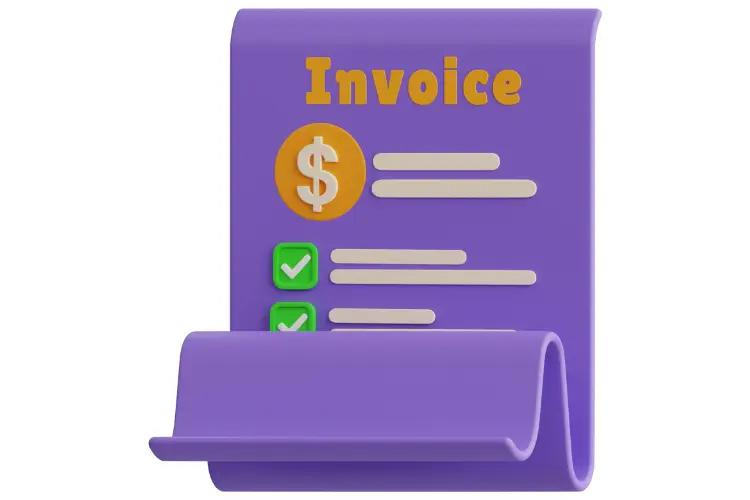Running a successful business involves managing many moving parts – one of which is invoicing. Understanding how project invoicing works can not only improve your cash flow but also enhance client relationships by making the payment process smooth and hassle-free. In this article, we will look at various aspects of project invoicing and how to handle them efficiently.

Understanding the Importance of Project Invoicing in Business
Invoicing plays a central role in maintaining healthy cash flows for any business. It sets the stage for getting paid for the services rendered or products sold. Project invoicing, specifically, helps segment the billing process in project-based businesses, allowing more accurate tracking of revenues and costs related to individual projects.
So how can you implement project invoicing in your business? One way is through adopting specific tools and software that speed up and automate the invoicing process, such as software specifically created for project invoicing.
Finally, a well-structured project invoicing process can save valuable time, reducing payment disputes and supporting positive client relationships by offering predictability and transparency in billing procedures.
Steps Involved in Automating Project Invoicing
The first step towards automating project invoicing involves selecting the right invoicing software that suits your business needs. The software should be flexible enough to handle different types of projects, various billing methods, and multiple currencies if required.
Once the appropriate software is in place, businesses need to customize the invoicing process as per their unique needs. Next is the step of digitizing all relevant project data, which includes time logs, costs, expenses, and rates.
A successful automation process will significantly reduce manual efforts, minimize errors, and free up staff time for core business tasks. Additionally, it enables quicker billing, potentially leading to faster payments and improved cash flow.
Benefits of Implementing Project Invoicing Software
Implementing project invoicing software can bring numerous benefits to businesses, particularly those dealing with multiple, complex projects. One of the most significant benefits is time-saving. Automated invoicing eliminates the time spent on manual data entry and reduces errors, enabling staff to focus on more strategic tasks.
Automated invoicing software can send reminders for unpaid invoices, speeding up the payment collection. Furthermore, it makes it easier for clients to pay, as it usually supports various payment methods, potentially decreasing the time between invoice delivery and payment.
Planning and Executing Project Invoicing Effectively
Project invoicing demands careful planning and efficient execution. As a start, businesses must clearly define the terms and conditions of payment for each project. These terms should be communicated with stakeholders before commencing the project to avoid future disputes.
Implementation of designated software for project invoicing as discussed previously, can assist in executing the billing process effectively. The financial team needs to understand how the software works fully and should be trained to utilize it to its full potential.
In a nutshell, effective project invoicing is a combination of maximizing the use of technology, having a clear plan in place, and ensuring everyone adheres to the set procedures.
Tips for Resolving Common Project Invoicing Challenges
While project invoicing reaps multiple benefits, it does come with its set of challenges. Inaccurate invoices are a common problem causing delays in payments and impacting client relationships negatively. To avoid accuracy issues, businesses must double-check their invoices before sending them and use software to eliminate manual errors.
Overall, businesses can overcome common invoicing challenges by carrying out accurate invoicing, staying on top of payment collection, regularly reviewing rates, and making the best use of technology.



